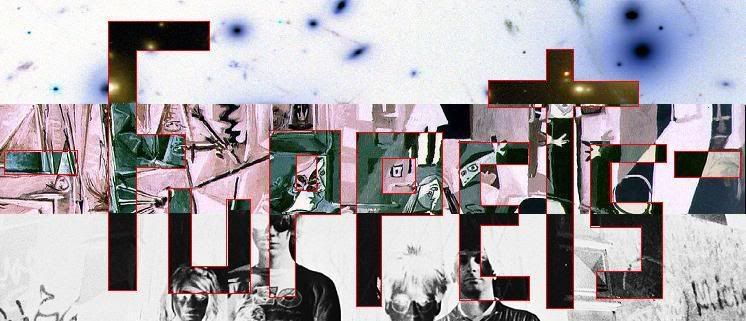Our Solar System has a band of rocks and debris termed the Asteroid Belt, which is located between the orbits of Mars and Jupiter. In this belt there exist countless millions of rocks and aggregate boulders, each spinning around our Sun in their own orbit. Oftentimes, these asteroids glance off of one another, disrupting their orbits. Recently there has been much talk about near-Earth asteroids tracked by NASA and other space agencies. These asteroids all come from the asteroid belt, and are knocked off their orbits and toward our planet's orbit, by collisions such as the one captured by the Hubble.
On January 25th and then again on the 29th, the Hubble Space Telescope captured this striking image. (click image to enlarge)
Below is the close-up of the image. (click image to enlarge)
What appears to be a drooping "X" shape on the left of the image is the end result of the collission.
Astronomers have long thought the asteroid belt is being ground down because of collisions, but such a head-on crash had never been seen before.
"If this interpretation is correct, two small and previously unknown asteroids recently collided, creating a shower of debris that is being swept back into a tail from the collision site by the pressure of sunlight," said principal investigator David Jewitt, from the University of California at Los Angeles.
At first, astronomers thought what they saw might be a main belt comet, a rare case of a comet orbiting while in the asteroid belt.
But the images taken by Hubble revealed the complex X-pattern of filamentary structures near the object's nucleus.
Jewitt said the filaments are made of dust and gravel. Some of them are being swept back by radiation pressure from sunlight, creating the long, straight dust streaks, he said.
The nucleus of the presumed boom is 460 feet in diameter, NASA said. ( CNN )
Even with the relatively crowded asteroid belt's many inhabitants, capturing an image of a collision is an amazing feat. -FUPPETS- continues to be astounded by the magnificence of the human scientific endeavor.
Can you imagine being asked to point out something just 460 feet in diameter from about 2.7 AU away?



No comments:
Post a Comment